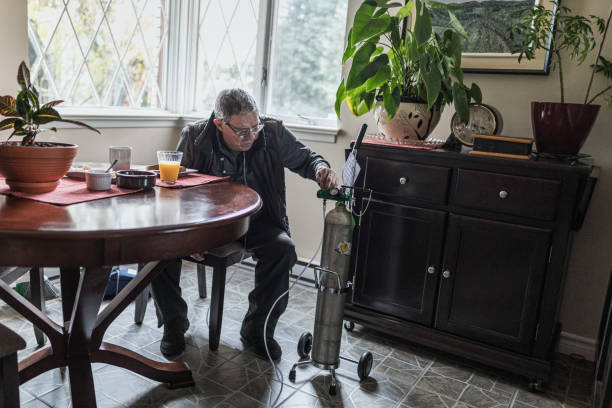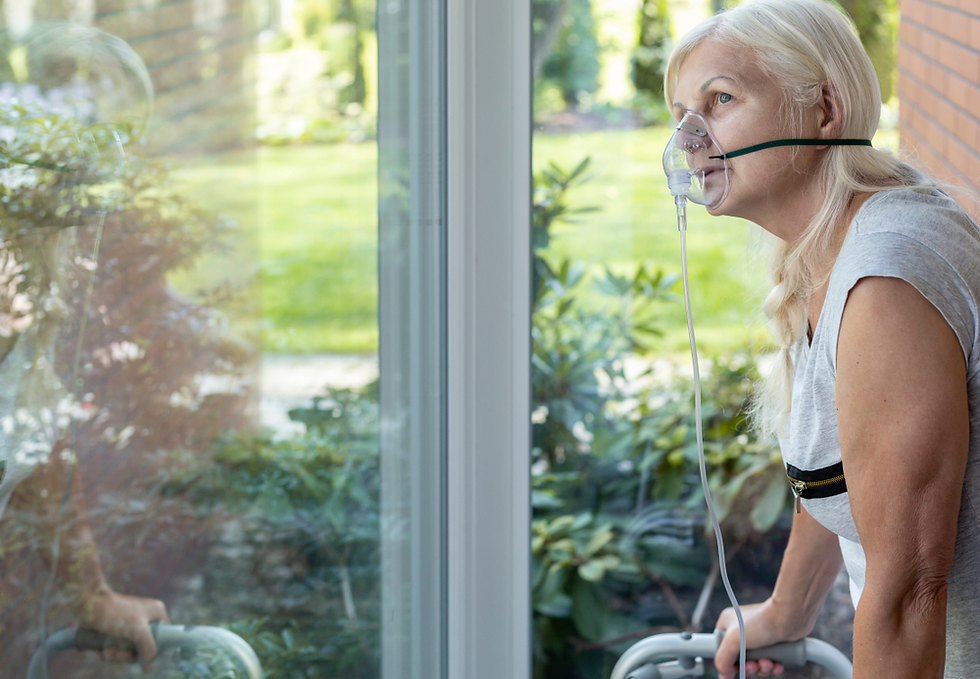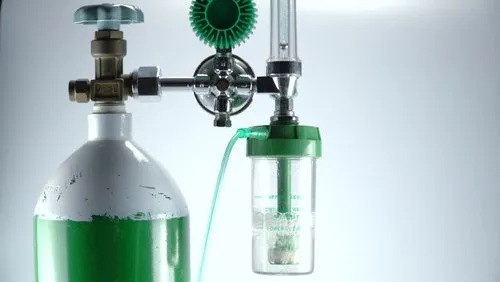Signs It’s Time to Refill Your Oxygen Cylinder
- Nabihah
- Jun 24
- 3 min read
Index
Introduction
Don't Wait Until It's Empty
If you or a loved one uses supplemental oxygen, knowing when to refill your oxygen cylinder can be the difference between safety and emergency. This guide highlights signs, tips, and refill service advice for peace of mind.
Why Oxygen Refill Awareness Matters
Safety Comes First
Oxygen is life-supporting equipment
Running out unexpectedly can trigger health crises
Staying proactive avoids panic and disruption
Refilling on time ensures continuous care and comfort.
Top 5 Signs Your Oxygen Cylinder Needs Refilling
Know These Red Flags
Gauge nearing empty – Always monitor pressure level.
Oxygen flow feels weaker – Less pressure = reduced delivery.
Alarm indicators on concentrator or backup devices
Visible condensation decrease in tubing
Shorter-than-usual usage time – Especially for portable tanks.
If you notice one or more signs, it's time to act.
How to Monitor Oxygen Levels Safely
Use These Tools
Built-in pressure gauge or flow meter
Digital monitor (if included)
Manual recording chart (for elderly caregivers)
Keep devices in plain sight and check at least twice daily.
What to Do When Oxygen Runs Low
Follow These Steps
Switch to a backup cylinder or concentrator
Contact your refill provider immediately
Avoid panic; stay seated and calm
Having a backup plan can prevent emergency hospital visits.
Benefits of Scheduled Refill Services
Set It and Forget It
No need to manually monitor daily
Guaranteed regular supply
Reduced stress for caregivers
Ideal for long-term patients and home care setups.
Choosing a Trusted Oxygen Refill Provider
What to Look For
24/7 customer service or emergency line
Transparent pricing and delivery timeline
Local providers often offer faster delivery.
How to Store Oxygen Cylinders Properly
Safety Storage Matters
Keep away from direct sunlight or heat
Store upright and secure to avoid falling
Avoid storing near flammable materials
Proper storage extends tank life and reduces risks.
Portable vs Stationary Cylinders: Which Is Right for You?
Know Your Needs
Portable cylinders: lightweight and mobile
Stationary cylinders: larger, suitable for home use
Consider usage duration and mobility requirements
Choose based on daily lifestyle and medical advice.
Training Caregivers to Handle Oxygen Safely
Knowledge Saves Lives
Teach caregivers how to check levels
Demonstrate how to switch tanks safely
Review emergency response steps
Proper training prevents mishandling or emergencies.
Did You Know?
Oxygen Depletion Can Trigger Anxiety Attacks
A sudden drop in oxygen supply can lead to breathlessness and panic. Staying ahead of refills not only supports health but also emotional well-being.
Conclusion
Stay Ready, Breathe Easy 🫁💨
Don't wait for an emergency. Monitor your oxygen cylinder levels, recognize warning signs, and choose reliable refill services to ensure safety and comfort at all times.
Stay prepared — your life may depend on it.
FAQ
1. How often should I refill my oxygen cylinder?
Depends on tank size and flow rate — typically every 3 to 7 days for regular use.
2. Can I refill an oxygen tank myself?
No. Refilling must be done by certified medical gas suppliers for safety.
3. What if my refill service is delayed?
Use a backup source and contact emergency services if breathing becomes difficult.
4. How much does oxygen refill cost in Malaysia?
Ranges from RM50 to RM150 depending on tank size and delivery location.
5. Do I need a prescription to get a refill?
Yes, in most cases a valid prescription is required for medical oxygen.
🫁 Need an oxygen refill ASAP?
Contact a trusted local provider and ensure your supply is always ready. 📞 https://www.oxygentank.my/










Comments